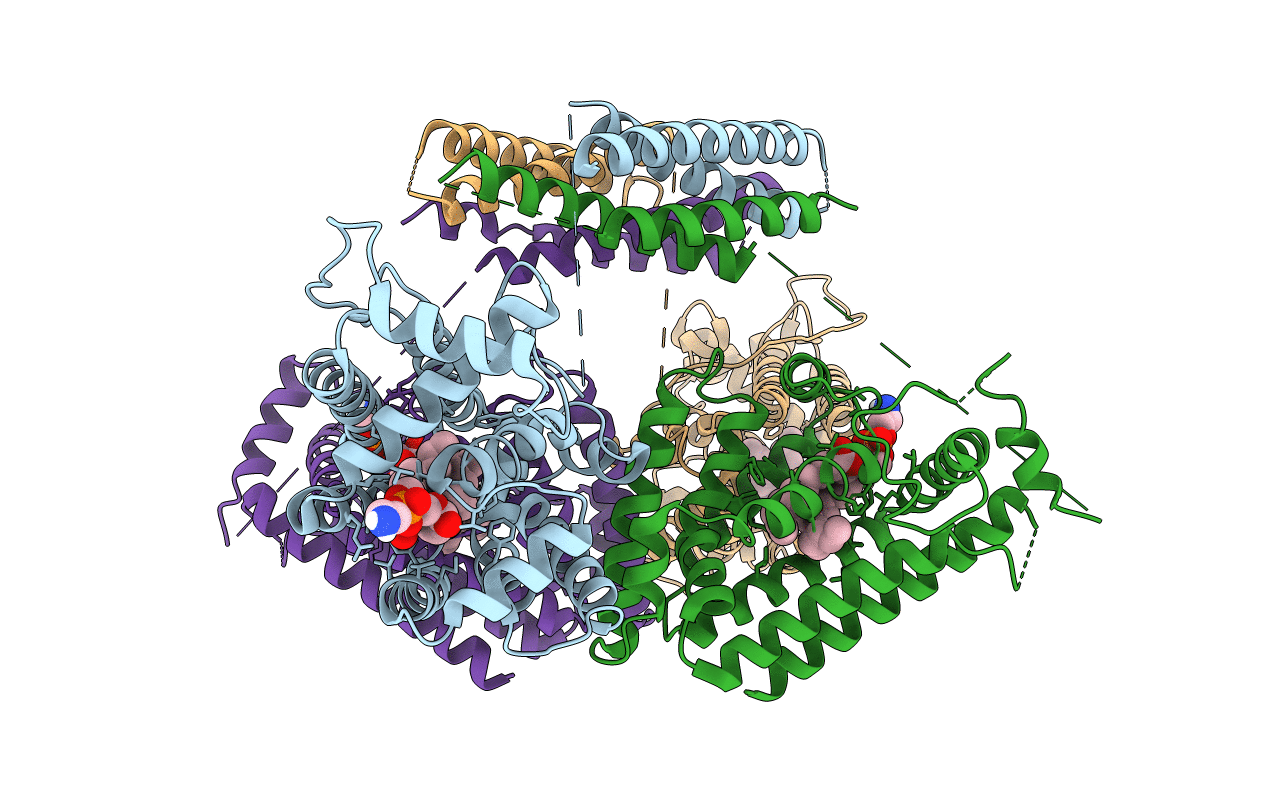
Deposition Date
2022-09-06
Release Date
2022-10-12
Last Version Date
2024-04-03
Entry Detail
PDB ID:
8EDV
Keywords:
Title:
Mitoguardin homolog (MIGA) delta TM residues 106-496 from Caenorhabditis elegans bound to modelled lipid phosphatidylethanolamine
Biological Source:
Source Organism:
Caenorhabditis elegans (Taxon ID: 6239)
Host Organism:
Method Details:
Experimental Method:
Resolution:
3.30 Å
R-Value Free:
0.29
R-Value Work:
0.26
R-Value Observed:
0.27
Space Group:
P 31 2 1


